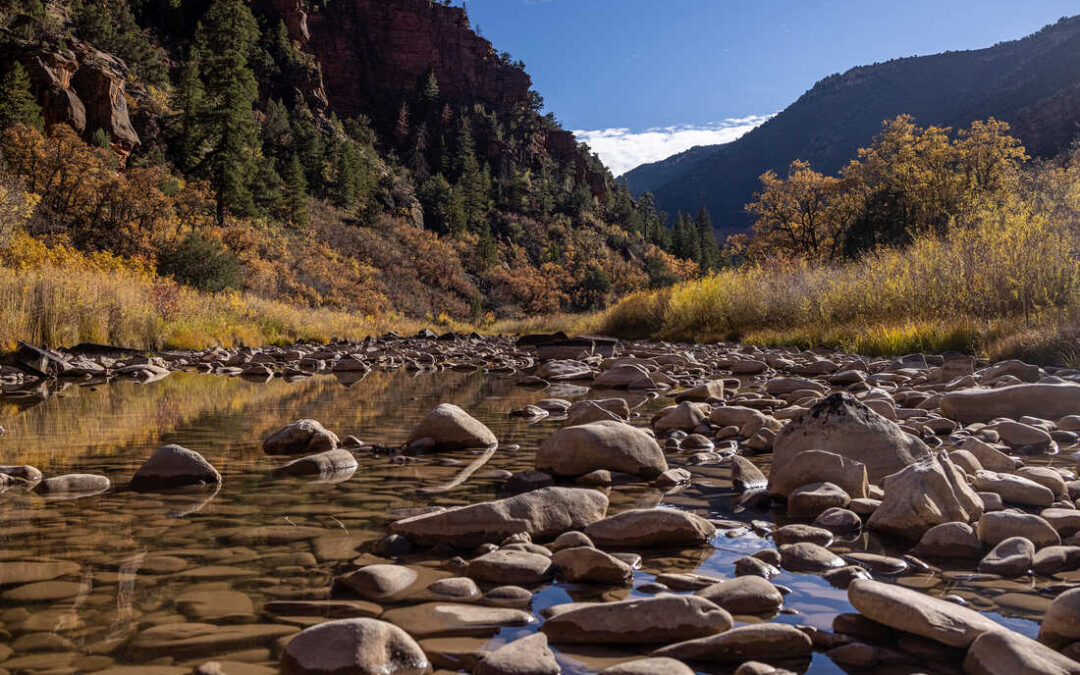Revel in every drop of rain falling in your neighborhood right now, because the state is drying out again, with drought spreading, monsoon rains falling short, and a fall and winter forecast calling for dry weather.
Statewide, Colorado precipitation is measuring at just 81% of normal, well below last year’s mark at this time, when moisture registered at 104% of normal, according to Nagam Bell, hydrologist with the Natural Resources Conservation Service in Lakewood.
Bell’s report came Tuesday at a meeting of the state’s water monitoring committee, which tracks rain, snow and soil moisture levels to help urban and rural communities plan for shortages and, this year on the Western Slope, flood hazards.
Water officials said dry conditions have come back with a vengeance, said Allie Mazurek, a climatologist with the Colorado Climate Center at Colorado State University. “Over the last four weeks, lots of our state has begun experiencing drought. Colorado has become the epicenter of drought in the West.”
But the Western Slope has suffered the most, she said, as evidenced by the fierce wildfires.
Particularly worrisome, she said, are measurements that show at least one monitoring gauge in the Gunnison River Basin recording precipitation levels that are the lowest seen since 1894.
One buffer against dry times are Colorado’s water storage reservoirs, and those too are below normal, registering at 83%. In areas such as metro Denver, stored water supplies are holding their own, according to Nathan Elder, water supply manager with Denver Water, the state’s largest water utility.
“It’s not great, but it’s not dire,” Elder said.
The outlook in Highlands Ranch is more worrisome, said Swithin Dick, water resources administrator for Highlands Ranch Water, which serves the large residential community in Douglas County.
Dick said water use is up 25% this summer while stored water supplies have dropped to 58% of normal.
Last year, Mazurek said, the picture was much different. “Most of Colorado wasn’t experiencing any drought at the start of the water year,” she said, referring to the Oct. 1 through Sept. 30 period that water managers use to measure supplies. “But over the last water year we’ve had poor snowpack, followed by hot and dry conditions over the summer.”
Forecasts indicate the weather will begin to dry out more next month and that La Niña conditions will develop in the winter. These refer to a weather pattern over the Pacific Ocean in which cold temperatures prevail and trigger drier than normal winter weather in places such as Colorado.
“I don’t anticipate any issues this year,” Dick said, “but we will be watching the winter intensely and I am a little nervous about 2026.”




 Print
Print